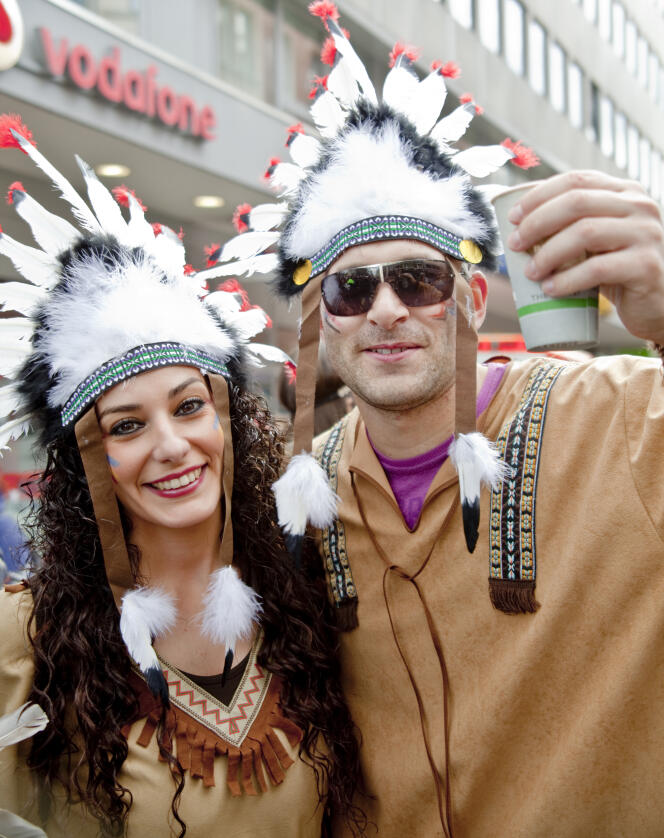Halloween and costume parties are sacred for Charlotte, 31, a stay-at-home mother. This adopted Marseillaise is a big fan of these festive moments that she can’t wait to share with her 2-year-old daughter. When she was younger, her grandmother sewed costumes for her, like that of Esmeralda, the bohemian dancer in Victor Hugo’s novel Notre Dame de Paris, became a Disney heroine (The Hunchback of Notre Dame).
Apart from this “Egyptian” character, she does not remember having used a racialized character’s costume. White skinned, Charlotte opts instead for outfits that she judges “suitable for [sa] person “, without making cultural appropriation therefore. The ex-Parisian organized a costume party on the theme of the Wachowski sisters, the directors of the films Matrix – who at the time were two men who had since changed their gender identities. “I love their futuristic universe. But, when a girl told me: “Great, I’m going to wear a tranny”, I preferred to change my theme to “Shine Bright like a Diamond” [en référence à la chanson Diamonds, de Rihanna], to avoid ending up with embarrassing disguises. »
Like her, more and more of them consider that dressing up while taking inspiration from the culture of a minority amounts to reducing it to something funny and, in a certain way, to offending them. But what does this concept of cultural appropriation mean? It all began in the 1990s, when American academics denounced the use of indigenous customs and traditions taken over by whites in North America. In other words, the adoption of distinctive signs of a minority culture by a “dominant” culture, leading to a form of oppression and dispossession.
Wounds still open
In the United States and Canada, where indigenous people still live (there are an estimated 7 million combined in the two countries), the phenomenon is much more entrenched. Indeed, these descendants often recall that their ancestors experienced a genocide perpetrated by white settlers, whose wounds are still open. “Selling indigenous headdresses and dressing up as a native people does not have the same meaning as dressing up as a Spanish flamenco dancer, considers Rachida Azdouz, a Quebec psychologist specializing in intercultural relations. The sensitivity is not the same: the colonial question has not been resolved, the natives are still and will remain peoples who have been acculturated, invaded and who have not had their independence. » In Quebec, these demands gave rise to the “My culture is not a costume” campaign in 1993.
You have 80% of this article left to read. The rest is reserved for subscribers.
